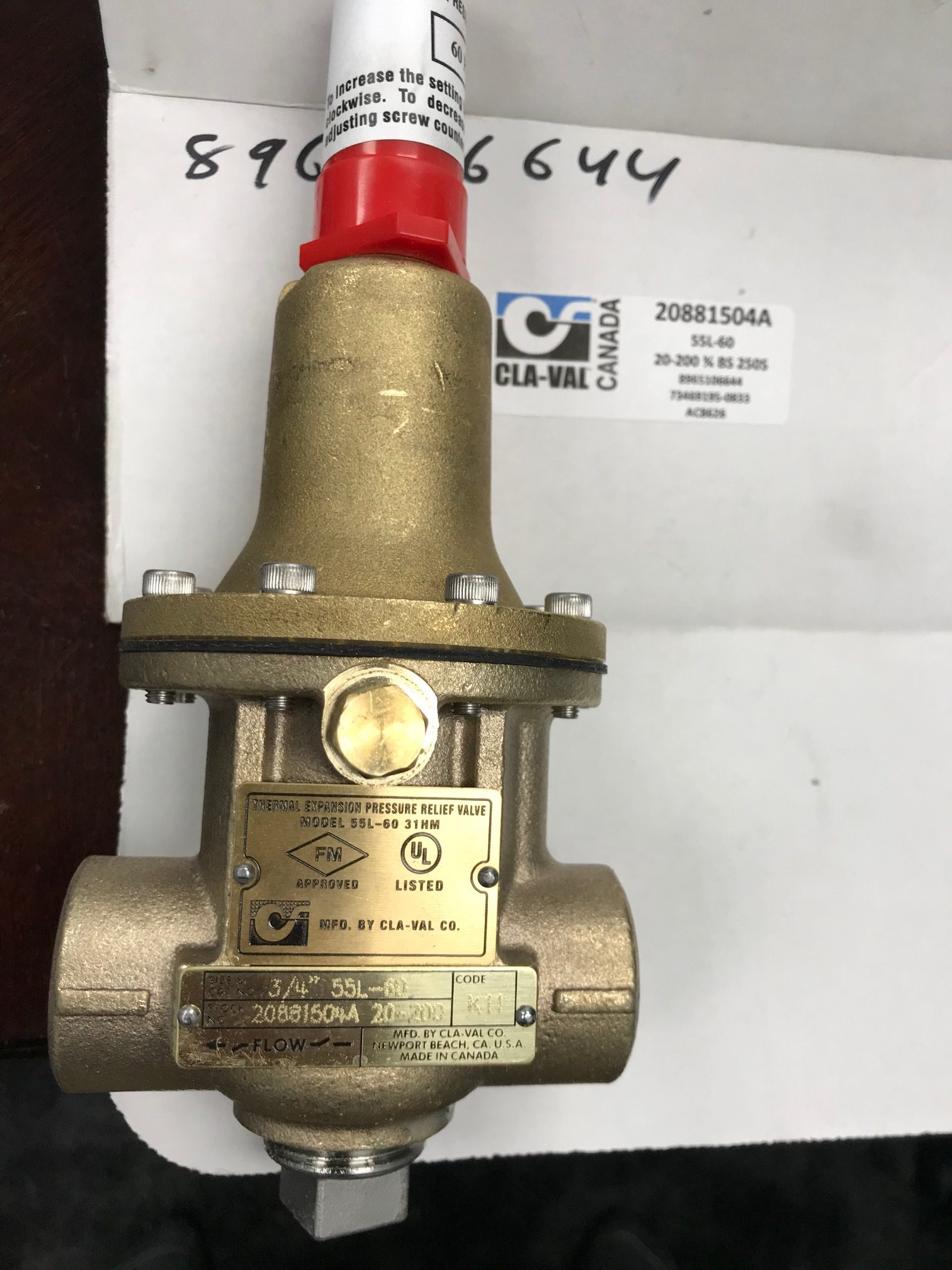
September 18th, 2018
When it comes to any fire pump or fire pump system, whether it be Aurora, Peerless, Allis Chalmers, Patterson, etc, this rule applies to the installation of any fire pump system. All systems will need a casing relief valve. For purposes of illustration, I will be referring to the Aurora Fire Pumps because these are the systems that we sell at Callaghan Pump.
On the discharge of any fire pump, in this case the Aurora Fire Pump, you must install ¾ inch casing relief valve. The casing relief valves that Aurora supplies are manufactured by Cla-Bal, Model 55L — the letter L stands for UL approved–these valves come with insurance from Underwriters Laboratory which contributes to their cost. They are all bronze with a stainless steel ball and a stainless steel seat. They are the only ones that I have used in the past 25 years that actually reseats once it has blown off. So many of the other cheap valves have a rubber seat. As soon as they pop, the rubber is ripped and they never reseal.
This valve must be adjusted so that when the fire pump is running at churn or shut off (meaning water is not being discharged anywhere and it is running at full speed). The valve must dump; meaning it must open and flow water to a drain. Don’t just pipe this to the top of a drain. Either put it inside a funnel with an air gap or cut a hole in the top of the strainer and put the pipe three inches down into the drain. Otherwise you can flood your basement with water flying everywhere. You want a good solid 10 gallons/minute coming out of this valve, sometimes 15 gallons/minute if it is a large pump. This prevents the pump from turning the water inside the casing to steam. I have seen pump rooms that have gotten so hot they actually popped off a sprinkler head in the fire pump room. It was during construction. The sprinkler head sprayed water into the fire pump motor and into the fire pump control panel. That is why these need to be installed and they need to be installed after the fire pump discharge but before the check valve.
There is a flow direction on the valve — be sure the flow is pointed towards the drain and the drain line is piped up into to either a funnel or below the level of the strainer on a floor drain. If you do it above, it will splash everywhere, flood the basement, and cause significant damage.
john@callaghanpump.com,
eileen@callaghanpump.com,
dan@callaghanpump.com,
sales@callaghanpump.com,
service@callaghanpump.com












